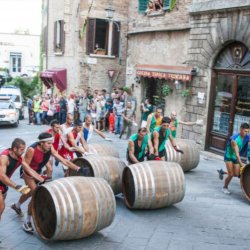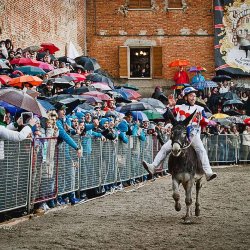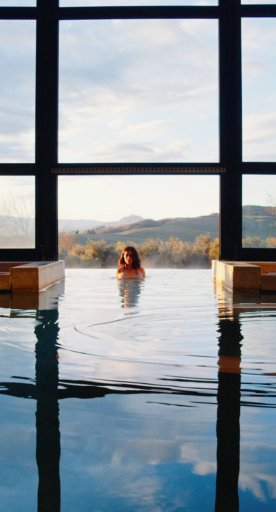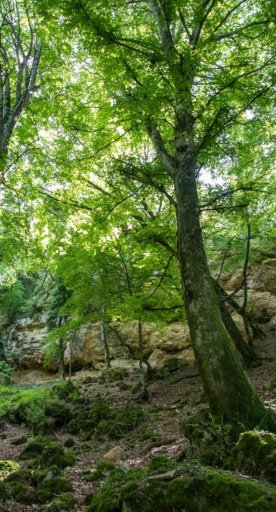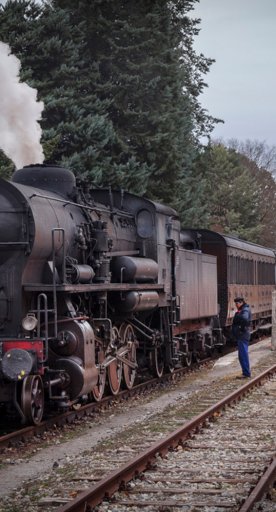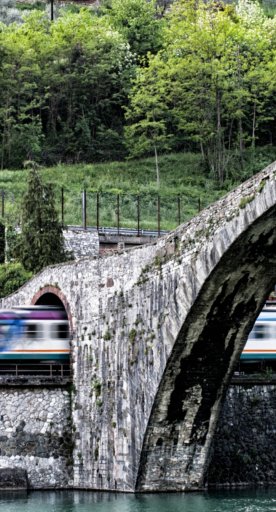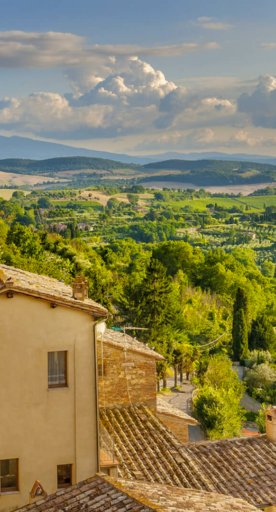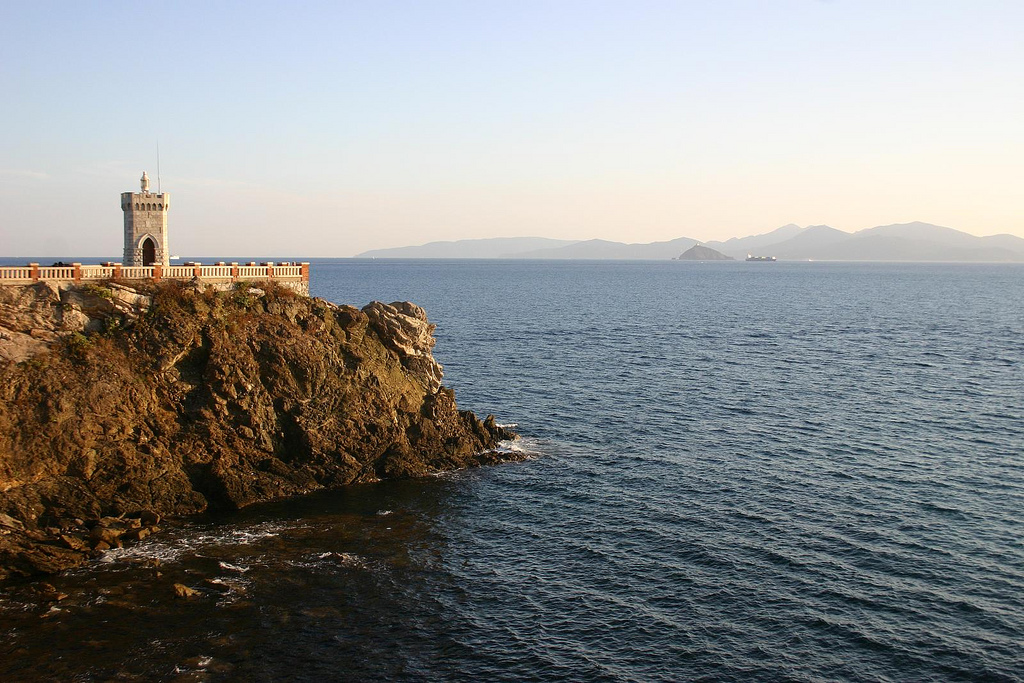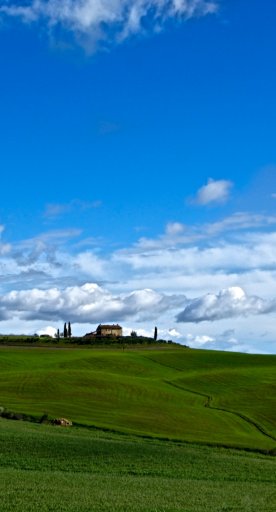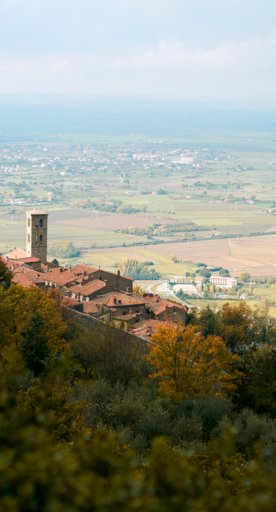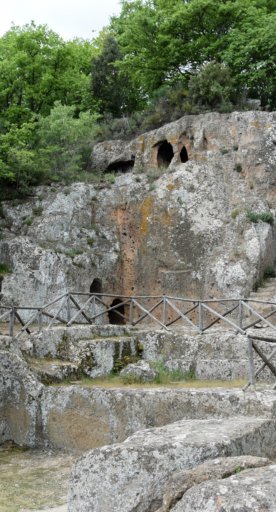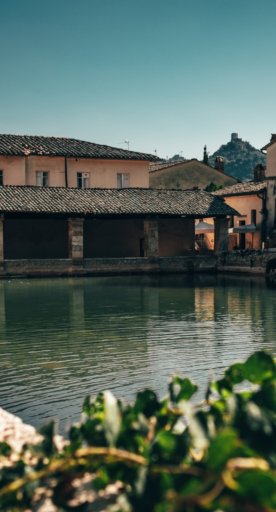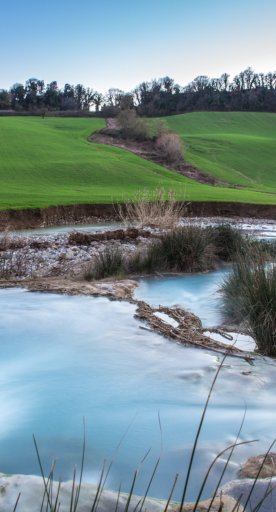Tuscan wines and hot springs
An itinerary between Arezzo and Siena, on the trail of well-being
Hot springs and good wine, two basic elements for well-being and quality of life, well-known and used even to the Etruscans. They often went to the hot springs, enjoying the beneficial properties of these temples of well-being not only themselves but also their animals. And if relaxation wasn’t enough, the Etruscans also produced good wine, satisfying all the senses. You too can enjoy the same experiences that these ancient peoples once did – and discover history along the way – following these itineraries:
-
1.From Arezzo to Cortona, Etruscan and medieval memories
-
2.Montepulciano: Renaissance, noble wines and unique springs
-
3.Val d’Orcia, the discovery of the thermal springs
From Arezzo to Cortona, Etruscan and medieval memories

One of the 12 powerful Etruscan cities and later a Roman defense town, Arezzo boasts a wonderful historic centre and is today home to the Archeology Museum, dedicated to Gaio Cilnio Mecenate. Heading south, you’ll come to Castiglion Fiorentino, a small medieval town in the Valdichiana and once a flourishing Etruscan centre, with ancient walls and towers enclosing the city. Leave for Cortona from here, another Etruscan town, before becoming a Roman and finally medieval city. This is where you’ll find the MAEC – Etruscan and Cortona Academy Museum. All around this area, you can find Etruscan ruins not only in the museums but also in their original locations, including Sodo, where Melone I and II del Sodo are found, and in Camucia, home to the famous Tumulo.
Montepulciano: Renaissance, noble wines and unique springs

The Siena territory is just around the corner. Passing by Torrita di Siena, you’ll arrive in Montepulciano, the “Reniassance pearl” between the Valdichiana and the Val d’Orcia, home of the Vino Nobile di Montepulciano, as well as the Church of San Biagio, a wonderful example of Renaissance architecture by Antonio da Sangallo. While you’re in Montepulciano, make sure to stop by the historic cellar and wind down at the hot springs in the town of Sant’Albino, 3 km outside the city. Here, the sulphurous-salty-bromine-iodic-bicarbonate waters flow into open-air pools, nestled within an enchanting landscape.
Montepulciano is also a good jumping off point for visiting the Val d’Orcia and the Crete, followed by the beautiful Monte Amiata.
Val d’Orcia, the discovery of the thermal springs

The Orcia Wine Road takes you through several incredible towns, including Abbadia San Salvatore, Buonconvento, Castiglione d’Orcia, Chianciano Terme, Montalcino, Pienza, San Casciano dei Bagni and San Quirico d’Orcia. The area is characterized by rolling hills and the Crete, white dome-shaped hills, as well as fields of wheat, olive groves and famous vineyards.

The Museum of Acque in Chianciano Terme conserves many Etruscan artefacts that attest to the area’s historical wine production and the religious faith of this ancient civilization displayed in the local thermal springs, highlighted by the votive statues and stones recalling the curative properties of the springs. You can relax in these waters, regenerating the body, thanks to the many services on offer nearby, like the Sensorial Hot Springs, the Theia thermal pools, the Terme Sillene and the Parchi Acqua Santa e Fucoli.

San Casciano dei Bagni is an ancient and small town known for its thousand-year-old hot springs. It was built on the order of Grand Duke Ferdinand I de’ Medici in 1607 and faces the wonderful landscape of the Val d’Orcia. From here, follow the beautiful roads as they wind through nature, passing through the villages of, Santa Fiora, Arcidosso, Castel del Piano and Castelnuovo dell’Abate, before arriving at the Abbey of Sant’Antimo and Montalcino, famous for its wines.

You can also stop by Bagni San Filippo, where the white calcium deposits have created marvellous pathways through nature, making this place one of the most evocative in all of Tuscany. The warm waters, rich in sulphur, calcium and magnesium, blend with the quiet environment, allowing for total relaxation and well-being.
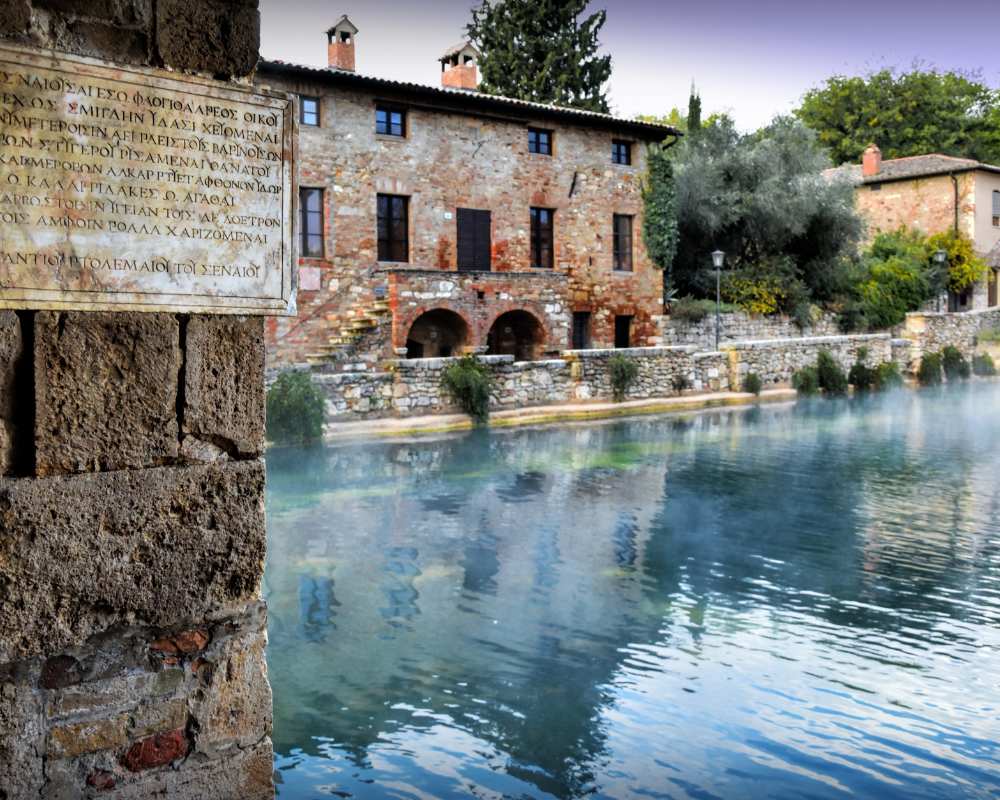
To end your journey, head to Bagno Vignoni, a splendid, small medieval town in the heart of the Val d’Orcia Park. This cultural landscape belonging to the UNESCO World Heritage List, located in S. Quirico d’Orcia, developed around the large pool filled with these beneficial waters, famous since Antiquity. First the Etruscans and later the Romans consecrated these springs to the gods. The hyper-thermal waters in Bagno Vignoni, rich in sulphur, bicarbonate, alkaline and mud, flow to the surface at 50/52°C and are still widely used to cure arthritis and rheumatic conditions, as well as in bathing and mud-therapy treatments.


